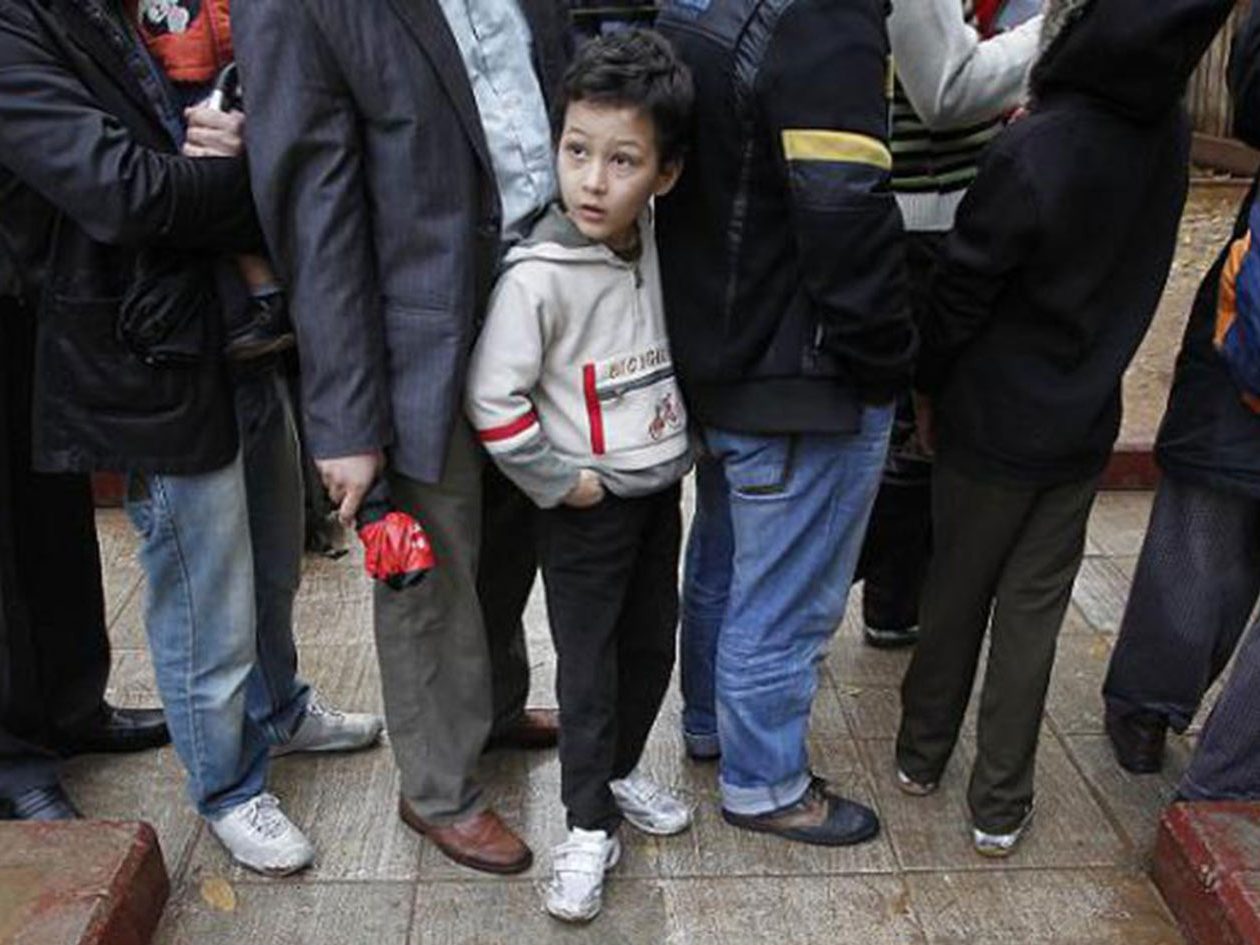New research from EUROMOD, ISER’s state-of-the-art tax-benefit microsimulation model is showing little improvement in the social situation across Europe despite the first signs of recovery.
According to the latest edition of the EU Employment and Social Situation Quarterly Review published by the EU Commission, the recent and currently fragile economic recovery has not yet been able to create new jobs and the social situation in the EU shows little signs of improvement so far. The improved outcomes in the EU labour markets are still at best modest. Employment showed the first signs of stabilising in 2013, with a 0.1% growth in the second half of the year. This analysis also points to an expected increase in poverty levels and a slight improvement in the impact of social protection expenditure in 2013, even if its support effect remains very weak. The situation for households remains serious. The income that households have at their disposal is lagging behind the growth of Gross Domestic Product. It provides also empirical evidence that the crisis at its height had the strongest adverse impact on labour market transitions of men and young people.
European Commissioner of Employment, Social Affairs and Inclusion László Andor commented:
“The EU economy has returned to growth at a slow pace but the situation of many households and individuals is not yet improving, with ever growing numbers suffering from financial distress. Inequalities have risen and there is a risk that the current fragile recovery is not going to improve the situation of many lower-income groups. The EU is still far from having secured an inclusive and job-rich recovery: Member States and the EU should further step up their efforts to ensure that nobody is left behind as we try to exit the crisis. In particular, we should focus our efforts on investing in people in line with the guidance set out in our Social Investment Package and the recommendation on the Youth Guarantee”.
Poverty levels expected to increase
Poverty and social exclusion continued to rise in 2011 and 2012 and, according to the latest available data, a further increase is estimated in 2013 for those countries where economic and labour market conditions have continued to deteriorate.
The at-risk-of-poverty rate remained stable on average at EU level between 2011 and 2012, hiding diverging national developments. In fact, the population at risk of poverty or social exclusion increased in one third of the EU Member States, including in some countries where it was initially at a low level. A particularly strong increase in poverty is observed in Greece, and a further increase is expected, between 2011 and 2013, in several Eastern European countries as well as Greece.
Impact of social protection expenditure
The stabilisation impact of social protection expenditure remained very weak in 2013, growing much less than expected, despite a slight improvement. The analysis reflects significant differences among countries. In Greece and Portugal, further reforms of the tax and benefit systems in 2012-13 reduced incomes in all or most households. In other countries (i.e. Estonia, Latvia, Lithuania and Romania) the overall impact on household incomes was positive, with lower income households benefiting most in proportional terms from the changes in the most recent year. In the UK and Spain, households in the bottom of the distribution have seen the strongest reductions in their income due to policy changes in 2012-13.
